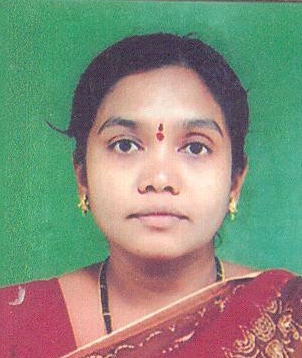Course abstract
• Review of basic signals, systems and signal space: Review of 1-D signals and systems, review of random signals, multi-dimensional signals, review of vector spaces, inner product spaces, orthogonal projections and related concepts. • Sampling theorems (a peek into Shannon and compressive sampling), Basics of multi-rate signal processing: sampling, decimation and interpolation, sampling rate conversion (integer and rational sampling rates), oversampled processing (A/D and D/A conversion), and introduction to filter banks. • Signal representation: Transform theory and methods (FT and variations, KLT), other transform methods inclusing convergence issues. • Wavelets: Characterization of wavelets, wavelet transform, multi-resolution analysis. • Statistical signal modeling: The least squares method, Pade’s approximation, Prony’s method, Shanks’ method, iterative pre-filtering, all-pole modeling and linear prediction, autocorrelation and covariance methods, FIR least squares inverse filter design, applications and examples. • Inverse problems (signal reconstruction): regularized methods, reconstruction from projections, iterative methods such as projection onto convex sets
Course Instructor

Prof Shayan Srinivasa Garani
Dr. Shayan Garani Srinivasa received his Ph.D. in Electrical and Computer Engineering from Georgia Institute of Technology \u2013 Atlanta, M.S. from the University of Florida \u2013 Gainesville and B.E. from Mysore University. Dr. Srinivasa has held senior engineering positions within Broadcom Corporation, ST Microelectronics and Western Digital. Prior to joining IISc, Dr. Srinivasa was leading various research activities, managing and directing research and external university research programs within Western Digital. He was the chairman for signal processing for the IDEMA-ASTC and a co-chair for the overall technological committee. He is the author of a book, several journal and conference publications, holds U.S patents in the area of data storage. Dr. Srinivasa is a senior member of the IEEE, OSA and the chairman for the Photonic Detection group within the Optical Society of America. His research interests include broad areas of applied mathematics, physical modeling, coding, signal processing and VLSI systems architecture for novel magnetic/optical recording channels, quantum information processing, neural nets and math modeling of complex systems.
Teaching Assistant(s)
Course Duration : Jan-Apr 2019
View Course
Enrollment : 15-Nov-2018 to 28-Jan-2019
Exam registration : 28-Jan-2019 to 19-Apr-2019
Exam Date : 28-Apr-2019
Enrolled
2262
Registered
55
Certificate Eligible
28
Certified Category Count
Gold
0
Silver
1
Elite
5
Successfully completed
22
Participation
12
Legend
>=90 - Elite + Gold
75-89 -Elite + Silver
>=60 - Elite
40-59 - Successfully Completed
<40 - No Certificate
Final Score Calculation Logic
- Assignment Score = Average of best 8 out of 12 assignments.
- Final Score(Score on Certificate)= 75% of Exam Score + 25% of Assignment Score
Enrollment Statistics
Total Enrollment: -1
Registration Statistics
Total Registration : 55
Assignment Statistics
Exam score
Final score




.jpg)
.jpg)
.jpg)
.jpg)

